Translations : Cary Bartsch
Written for people looking for information with meaning, L’Alpe is the first review devoted to the many cultures and heritages of Alpine Europe. Its ambition is to provide information, language barriers not withstanding. As your guide, L’Alpe looks at the people who, from the meandering Danube to the Rhône, have adapted to an exceptional climate. A cross between a book and a magazine, it draws on the first to provide background documents on a main theme, supported by rigorous analysis, an insistence on quality and the notoriety of renown authors. From the second, it adopts a quarterly rhythm for regular contributions to current debates, rich illustrations, the insatiable curiosity of its journalists and a necessarily didactic approach. Though rigorous in its approach to knowledge, L’Alpe is not a scientific journal. It calls on the contributions of history, geography, archaeology, ethnology, etc. to shed light on the meaning of the traces left by man on the mountain environment. And it is also open to current debates on the future of the Alps and other mountains in the world.
An inquiry
 An intangible cultural heritage ?
An intangible cultural heritage ?
Will mountaineering one day be placed on a world heritage list by Unesco ? In Chamonix, at any rate, the project has been launched and a request has been made to the French authorities. A look at the motivations underlying the issue. By Bernard Debarbieux, professor of geography at the University of Geneva, and Simon Debarbieux, expert in development anthropology.
The standard route to world heritage
Museum curators will tell you that when heritage status is sought, there is a problem ! All activities facing extinction engage in mourning rituals, in the creation of museums and other monuments. And they request official remembrance on the part of the community, the nation and even humanity. Does the recent call to have mountaineering listed as a world heritage fall into this category ? By Jean Guibal, head curator of cultural heritage and director of the Musée dauphinois.
The hidden face of mountaineering
The summits interested scientists long before mountaineering became a sport. Research was not a pretext to go out and have fun, it was the foremost objective. But written histories of the Alps often mask the true reasons for ascents, anachronistically portraying scientists in the 1700s and 1800s as mountaineers. By Sylvain Jouty, writer and former editor-in-chief of Alpinisme et Randonnée magazine.
A quick chronology of mountaineering
Outstanding achievements, first ascents, key dates and other events (occasionally bizarre, but always notable) have punctuated the history of mountaineering since the Middle Ages. A selection among the hundreds of ascents standing out in a teeming history. By Daniel Léon, author of mountain books.
 Portrait
Portrait
Reinhold Messner, the master of Château Firmian
The mountaineering demigod, even better known in the German-speaking countries than in France, who signs autographs like a rock star, is also a farmer, politician, writer, speaker and founder of museums. Born in 1944 in a narrow valley in the southern Tyrol, Reinhold Messner can truly claim to have reinvented his life. Portrait of a man who meets his self-imposed challenges. By Sophie Boizard, editor of L’Alpe.
 Interview
Interview
Reinhold Messner, creator of museums
Reinhold Messner, who has already founded six museums devoted to mountains, welcomed L’Alpe for an exclusive interview in Bolzano, at Château Firmian, one of the oldest forts in Tyrol built on porphyry rock and guarded by Tibetan snow lions. The fort is now the keystone among his museums. By Sophie Boizard.
The future of mountaineering ?
Similar to navigators, mountaineers were long driven by the desire to partake in exploration, conquest and adventure. But what now that all the major summits have been conquered ? Is mountaineering still the primus inter pares, in spite of a vast palette of new mountain sports and a trend toward zero risk in modern society ? Has it succeeded in opening new horizons ? An inquiry. By Dominique Vulliamy, former assistant editor-in-chief at Vertical and L’Alpe.
 Portfolio
Portfolio
Guides by Roxane Petitier
The iconoclastic portraits by Roxane Petitier show what happens when strong personalities and symbolic objects from the Alpine world meet. The artist deftly throws into upheaval the archetypical representations of a prestigious profession. A skewed perspective, perfect for L’Alpe ! By Pascal Kober, editor-in-chief at L’Alpe.
Practical information
Alpine museums
The best of the many museums devoted to mountaineering from France to Slovenia. In addition, the programme for the festivities celebrating the 150th anniversary of the golden age of mountaineering. By Dominique Vulliamy.
AND…
Alps abroad
Mont McKinley or Denali ?
To name a place is to possess it. FitzRoy or Cerro Chaltén ? Everest or Chomolungma ? The history of Denali mountain is edifying. U.S. president McKinley never travelled to Alaska, but the highest summit of the United States bears his name. That is the strange result of a political trick devised by gold diggers more interested in gold than in Indian culture. By Chantal Spillemaecker, head curator of the Musée dauphinois and director of the Hector-Berlioz museum.
 Hippolyte Müller, a visionary
Hippolyte Müller, a visionary
The founder of the Musée dauphinois was a pioneering archaeologist more interested in field work than office work. He initiated Alpine archaeology and, above all, experimental archaeology. To understand, he experimented. Mocked by the general public but acknowledged by his peers, the self-taught prehistorian was one of the truly remarkable scholars of his time. A portrait. By Jean-Pascal Jospin, head curator of the Musée dauphinois and director of the Saint-Laurent archaeological museum.
Alpine stars
Antoine Labeyrie holds the observational astrophysics chair at the Collège de France. But each summer, he sits down on a rock in the Ubaye valley to think. His goal is to expand our vision and bring the stars closer to mankind. An iconoclastic and very daring scientific project to network the Alps into a giant mirror. By Caroline Audibert, journalist, photographer and philosopher.

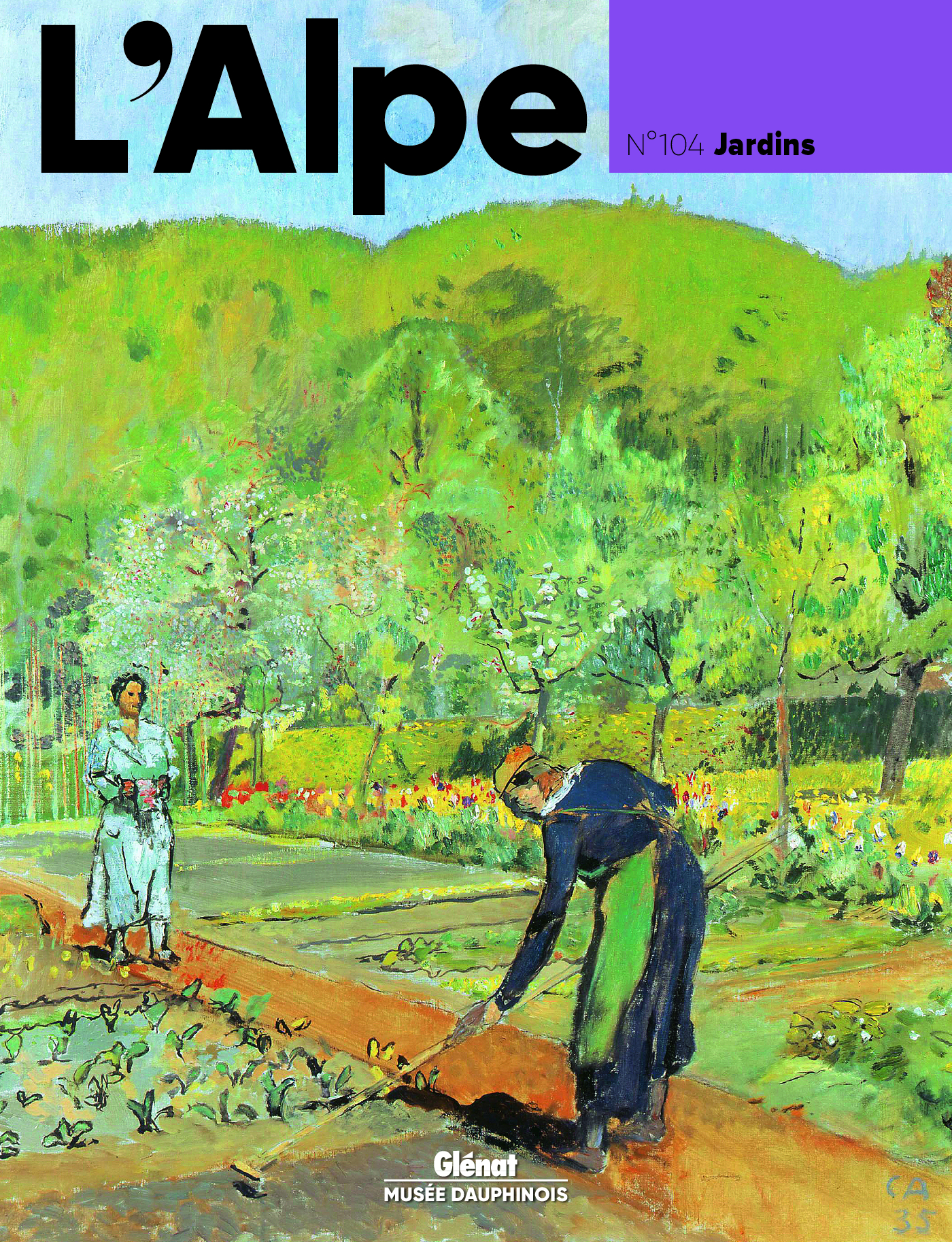
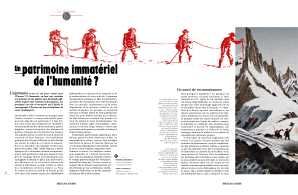 An intangible cultural heritage
An intangible cultural heritage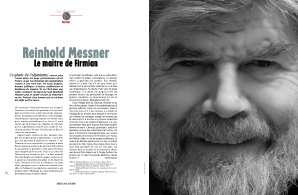 Portrait
Portrait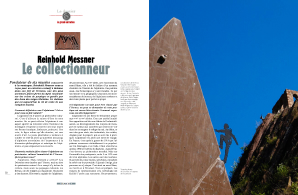 Interview
Interview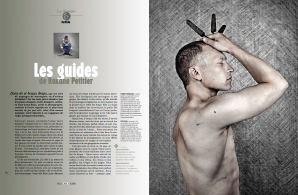 Portfolio
Portfolio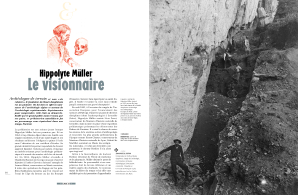 Hippolyte Müller, a visionary
Hippolyte Müller, a visionary